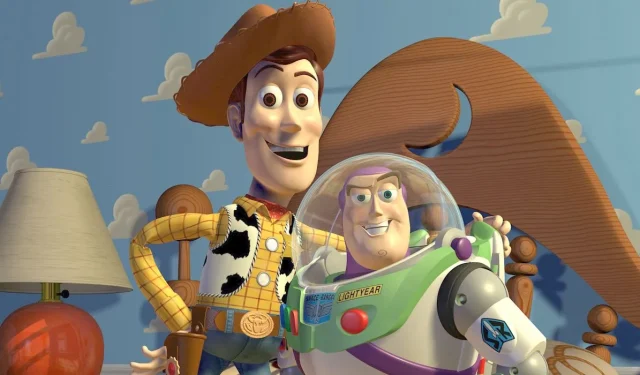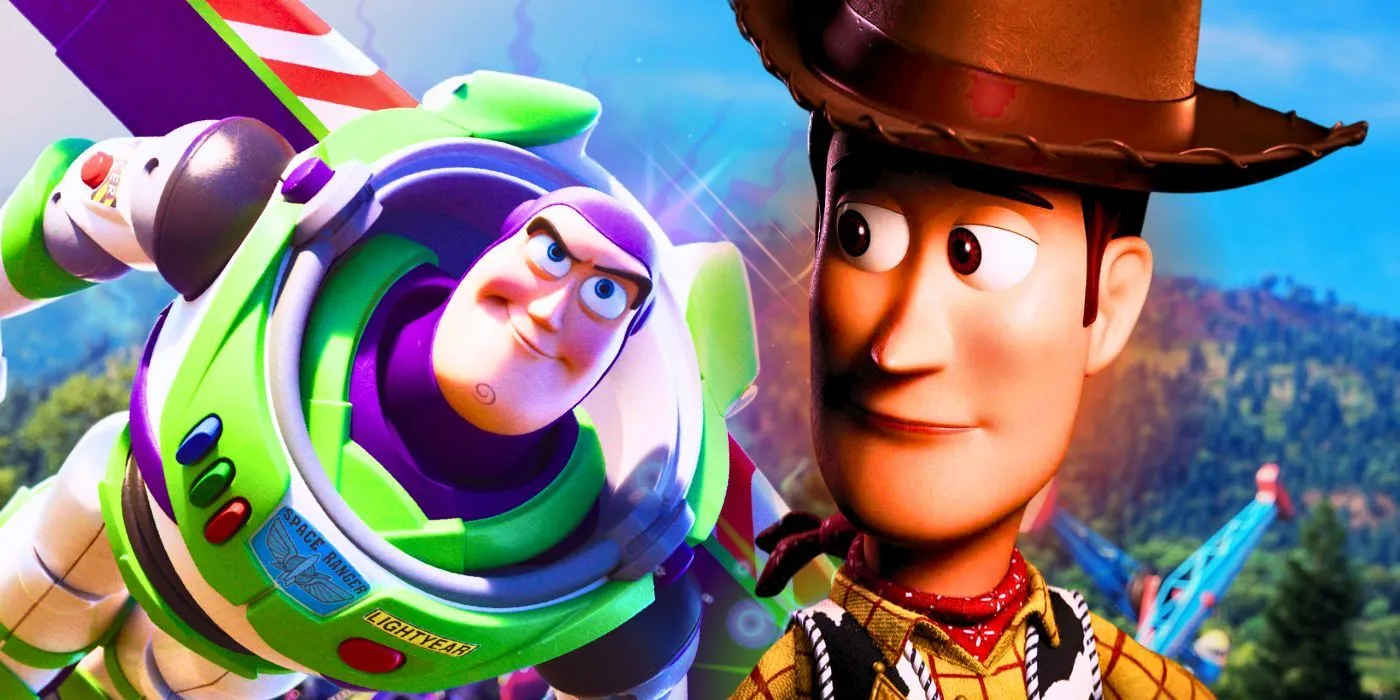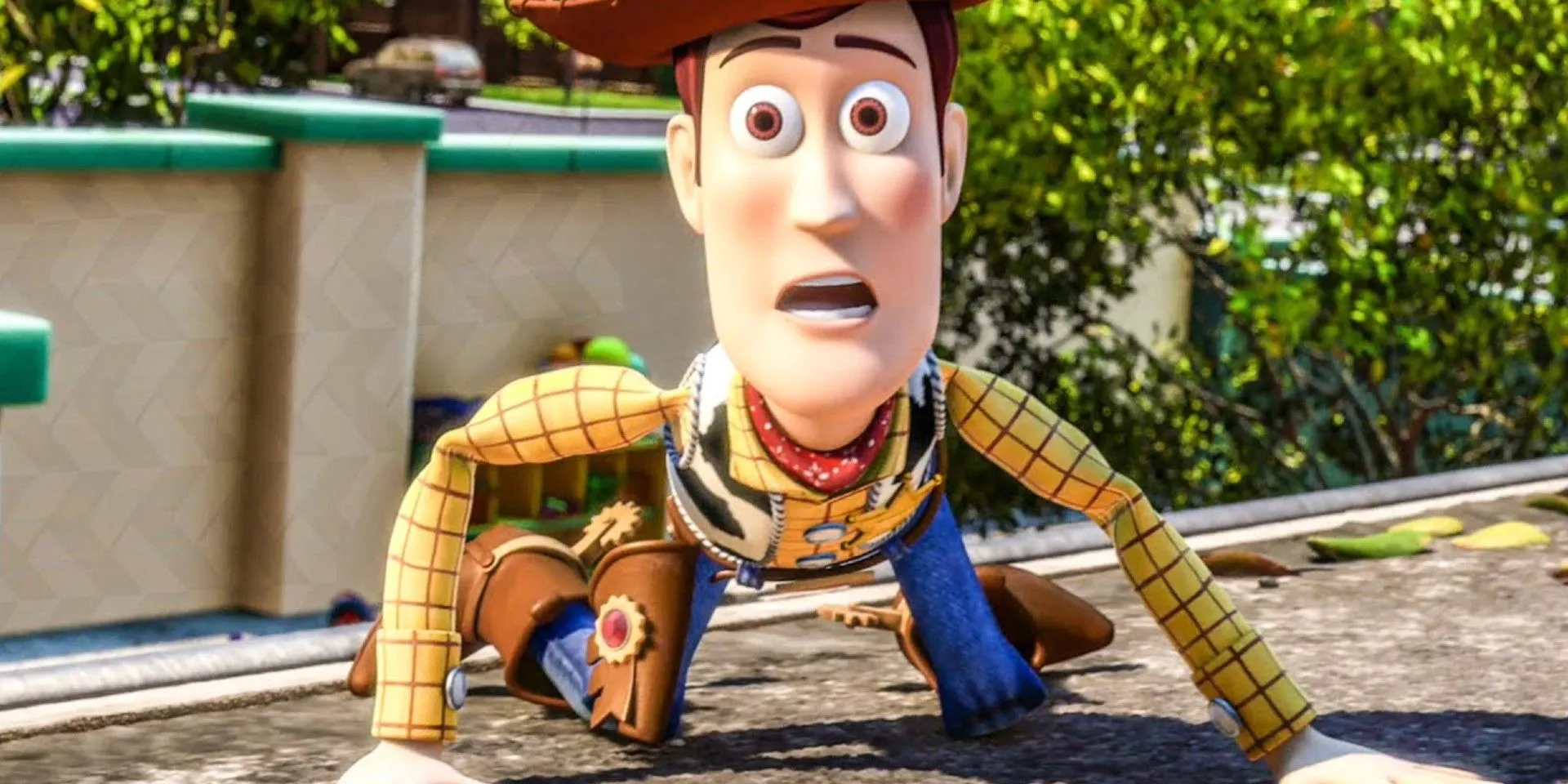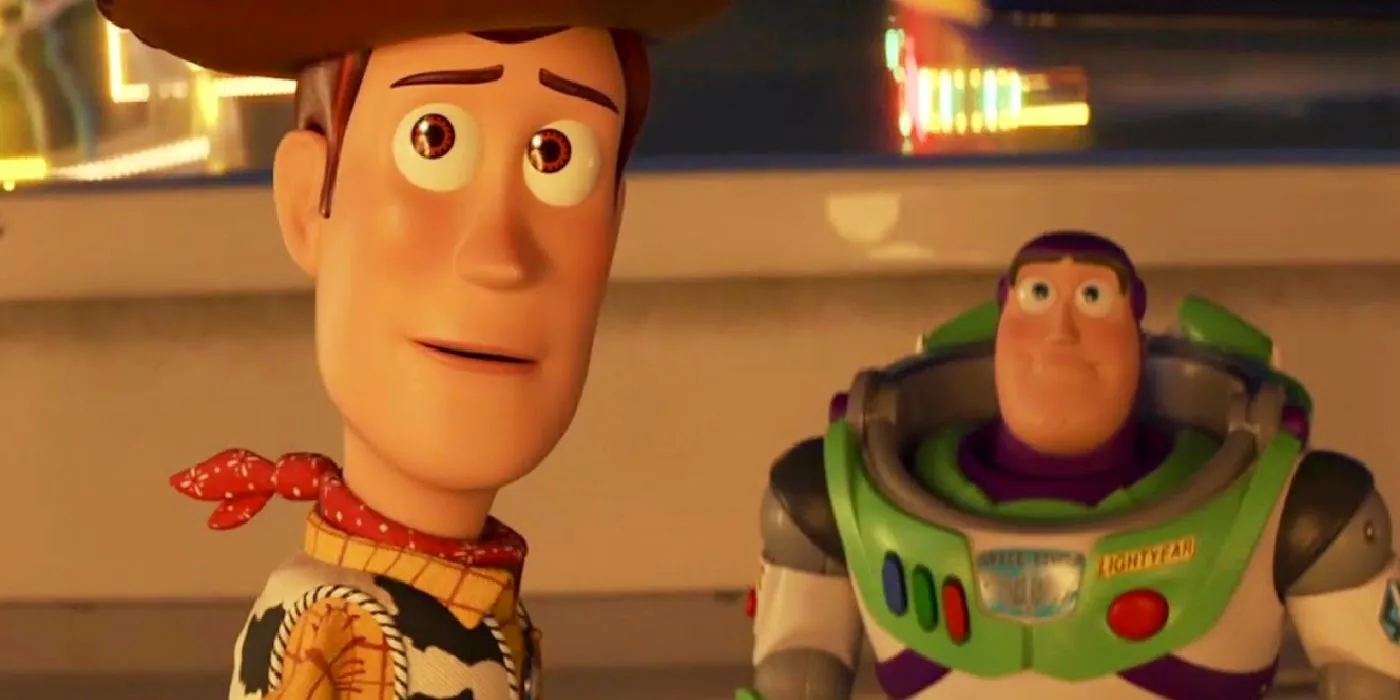
For nearly thirty years, enthusiasts of Pixar’s animated universe have engaged in spirited discussions surrounding two iconic characters: Woody and Buzz Lightyear. With the release of Toy Story 4, this debate finds a resolution, showcasing a significant evolution in their dynamic. Since the debut of Toy Story in 1995, which revolutionized animation and narrative storytelling, the interplay between the classic pull-string cowboy, Woody (voiced by Tom Hanks), and the modern space ranger, Buzz Lightyear (voiced by Tim Allen), has formed the backbone of the franchise. This captivating rivalry—centered on themes of jealousy, camaraderie, and personal growth—has drawn audiences in from the very start.
Throughout the first three installments of the franchise, Woody and Buzz stood out as the principal characters, despite a diverse ensemble cast of beloved toys. Their rivalry and eventual friendship offered a fresh perspective on the trials of being a toy in a world that often challenges their purpose.
In Toy Story 1, 2 & 3, Determining the Lead Character is Subjective
A Matter of Personal Perspective

In the original film, Woody takes center stage, grappling with being Andy’s favorite toy while confronting Buzz’s unexpected arrival. However, Buzz also plays a crucial role, transitioning from his self-perception as a genuine space ranger to accepting his identity as a toy—a critical aspect of his development.
This narrative balance persisted in Toy Story 2, where Woody wrestled with an enticing opportunity to join the Roundup Gang while Buzz led a courageous rescue mission. The dynamic duo complemented each other throughout the storyline, reaffirming their status as co-leads. Even in Toy Story 3, Woody’s leadership in ensuring the toys’ safety didn’t overshadow Buzz, whose humorous portrayal as Spanish Buzz contributed significantly to the film’s charm.
The heart of Toy Story beats in the duality of Woody and Buzz. Woody represents loyalty and sentimentality, while Buzz embodies adventure and imagination. This contrast fuels the audience’s passion and ongoing debates regarding their roles in the franchise.
Toy Story 4 Positions Woody as the Sole Protagonist
A Remarkable Film, Yet Buzz Lightyear Deserved More

With the introduction of Toy Story 4 in 2019, the narrative focus significantly shifted toward Woody. Although Buzz remains a character, his role transitioned to that of a supportive figure while the plot centered on Woody’s quest for purpose following Bonny’s emergence as a new owner. Woody’s encounter with Bo Peep prompts critical reflections on his duty as a toy and the search for fulfillment.
This deliberate choice to elevate Woody’s storyline resulted in a notable narrative shift within the Toy Story series. While Buzz contributed humor, particularly with his amusing “inner voice” sequence, these moments lacked the emotional nuance his character previously exhibited. Fans who cherished Buzz’s heroic traits from earlier films likely found his reduced portrayal somewhat disappointing.
In the concluding moments of the film, Woody’s decision to remain with Bo Peep encapsulates his character’s journey, leaving audiences with bittersweet reflections. This ending raises intriguing questions about the viability of future Toy Story installments that revolve around singular leads.
Regrettably, Toy Story 4 did not fully exploit Buzz’s character potential, whittling him down to a mere source of comic relief. It’s apparent that a character as celebrated and multifaceted as Buzz Lightyear warrants a narrative that highlights his complexities, rather than relegating him to the background in service of Woody’s storyline.
Toy Story 5: A Call for Woody and Buzz to Reclaim Their Co-Leads Status
The Essence of Toy Story Resides in Their Partnership

As Pixar prepares for Toy Story 5, reestablishing the partnership between Woody and Buzz is crucial. A return to their co-lead dynamic would allow the franchise to delve into fresh storytelling terrain, particularly given Woody’s departure from the rest of the toys in Toy Story 4.
This development opens the door for narratives that explore their friendship’s evolution, whether it reflects a maintaining bond despite physical distance or depicts a reunion filled with excitement and nostalgia. The potential for storytelling that sparks audience engagement is abundant.
By reinstating Woody and Buzz as co-leaders, Pixar can recapture the essence that enchanted fans of the original Toy Story. Ultimately, their intertwined journeys are what solidify the Toy Story legacy: there is no Buzz without Woody and vice versa, making their partnership the heart that resonates with audiences worldwide.




Leave a Reply